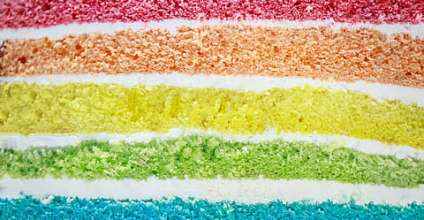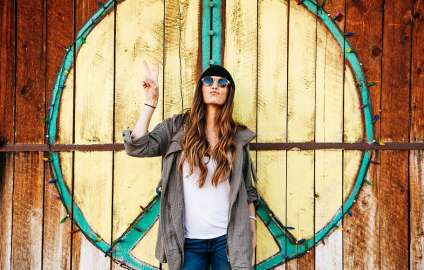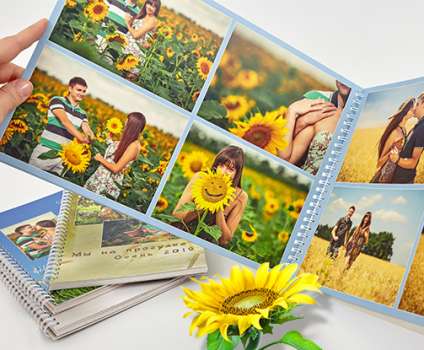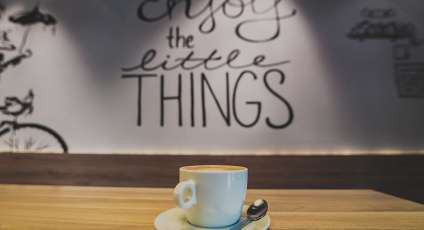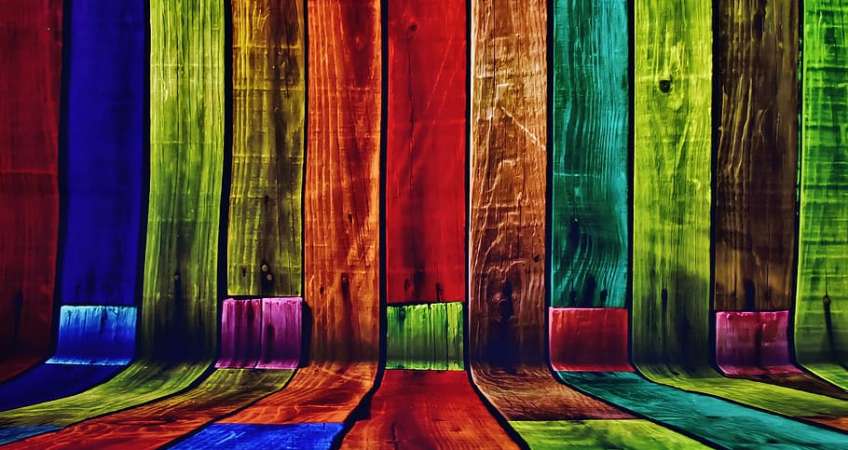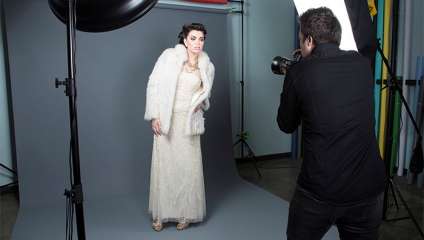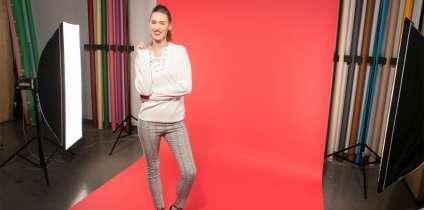What background is best for photographing
Published: 15.12.2020
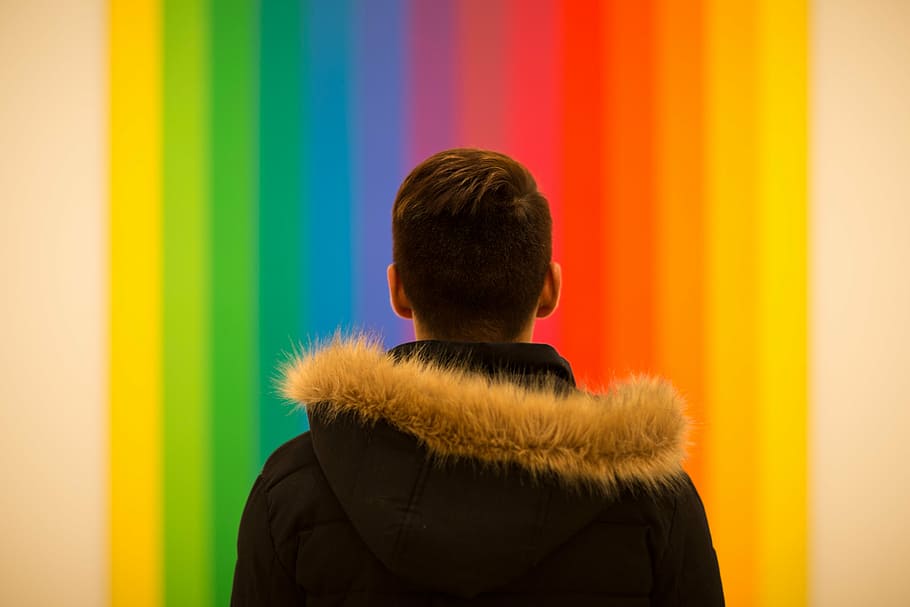
The right background is one of the fastest ways to improve your photos. The background should not overshadow the subject, but rather complement it. We will tell you which background is best for photographing objects and models, and share tips for shooting the background.
The background greatly influences the composition of a photograph. Photos with a distracting background look cluttered and amateurish. A well-thought-out and carefully chosen background instantly improves the composition and adds meaning and depth to the photograph.
It's easy to overlook the background and forget that it is a vital and noticeable part of the photograph. Pay attention to the details in the background, and you will open the door to new photographic possibilities. This means that your photography will reach a new level.
Prepare the stage
Background is what creates the foundation for the entire composition. A striking background complements the story, provides the viewer with valuable information about your settings, and helps significantly improve the photograph. Focus on the background as much as on the subject. After all, the background is part of the image, and often it is what determines the difference between a regular shot and a powerful composition.
Use the background to highlight the object in context. The background will help it stand out without overwhelming it. Fortunately, finding the right background is not difficult. Read our tips, practice, and soon you will learn to evaluate and determine backgrounds that suit your composition.
1. Maintain simplicity
Details in the background often compete with the main subject for attention. In most cases, this results in a less desirable effect. If you find that the background is too cluttered, place the subject in front of a plain wall, sky, or something equally simple. A simple and unobtrusive background will draw attention to the subject, emphasizing emotions, features, or purpose.
2. Fill in the box
Sometimes filling the entire frame with an object is an interesting way to work with the background.Close-upUsing a background that complements the object often helps to avoid unnecessary and distracting elements. Just make sure that the object you are capturing works well with this technique and that you are not cutting out a valuable part of the image.
3. Create a sense of depth with lines
Lines are often used in striking compositions. They help to draw the viewer's attention to the subject. You can also use background lines to create a sense of movement in images or to convey a feeling of distance or depth. Converging lines disappearing in the distance are a great example of lines that captivate the viewer's attention to the image.
But be careful to avoid unintentional and intrusive background lines. Avoid horizon lines or telephone lines that pass right behind the subject's head. Make sure there are no competing lines going in different directions. Distracting lines will only confuse the scene and distract from the subject.
Create a Light album from cool photos. You don't need to print the photos separately. We will print your photos directly on the pages of the Light album. Upload images to the free editor Mapi7 and create a thematic Light album. You can upload photos from your phone.
4. Use a contrasting background
A contrasting background is a great way to add drama and excitement to an image and draw attention to the subject. When most people think of contrast, they think of black and white. And while tonal contrast is easier to detect inblack and whiteIn the images, there is also a lot of tonal contrast in color.
When composing images, look for a background that contains various shades and tones. Use colors that contrast with the subject to add visual interest to the photographs.
5. Blur the background
One of the best ways to deal with a distracting background is to blur it. There is a simple way to blur the background. Adjust the depth of field by using a wide aperture and leave some distance between the subject and the background. The more distance you leave, the more blur there will be.
Start with an aperture of about f/18 and gradually decrease it. Once you reach f/4, you will notice that the background starts to blur.
Use a wide aperture to create background bokeh, a beautiful background element for your compositions.
A simple shift of your position or moving the object slightly to the left can completely change the background and final composition of the photograph.
When it comes to a thoughtful gift, Mapi7 offers a great idea - a personalized photo calendar. It's the perfect gift or a beautiful way to showcase favorite photos - all the more reason to order a photo calendar.
Do you take off?product, make it family-friendlyPortraitIf you are photographing a professional model, do not limit yourself to one background. If you are looking for the best background to photograph items for sale (clothing, toys, cakes, etc.), do not just stick to a white backdrop.
There are many great options available. Muslin, seamless paper, vinyl - high-quality backgrounds without big costs. It all depends on your subject and the atmosphere you want to create around it.
Which color is best suited? For decades, many photographers have used three colors as backgrounds: white, gray, and black. Gray has a tendency to focus attention on the subject. It works great in portrait photography. Black adds mystery and creates a classic image that remains consistently stylish.
Seamless paper is perfect for product and commercial photography, when a plain background is crucial for showcasing the product.
But why not try the color red for its ability to evoke a sense of excitement or passion in the frame? There is also purple, which will make a strong impression with captivating results. Yellow will add energy to the image, while blue will convey boldness and strength. Brown and green colors create a frame that often calms people or conveys a sense of health.
For romantic photos, try using muslin. This fabric is made of 100% cotton with a tight weave. Muslin can be hung on a stand or simply draped over a door or chair. The beauty of muslin goes beyond its vintage romantic look. The soft and warm appearance of the fabric, slightly wavy, will convey a sense of romance and create a wonderful portrait background.
The floor is an accessible background for photographing goods and other objects. Try using linoleum, parquet, laminate, rough concrete, old wooden boards, and even rubber flooring as a background. Many photographers combine the floor with fabrics or seamless paper backgrounds. Don't be afraid to use a wide variety of backgrounds.
No matter what background you choose for your photoshoot, forget about biases. Rely on our advice, your own perspective, and feedback from others. Soon enough, you will learn to assess the subject and visualize the perfect background for any composition.



